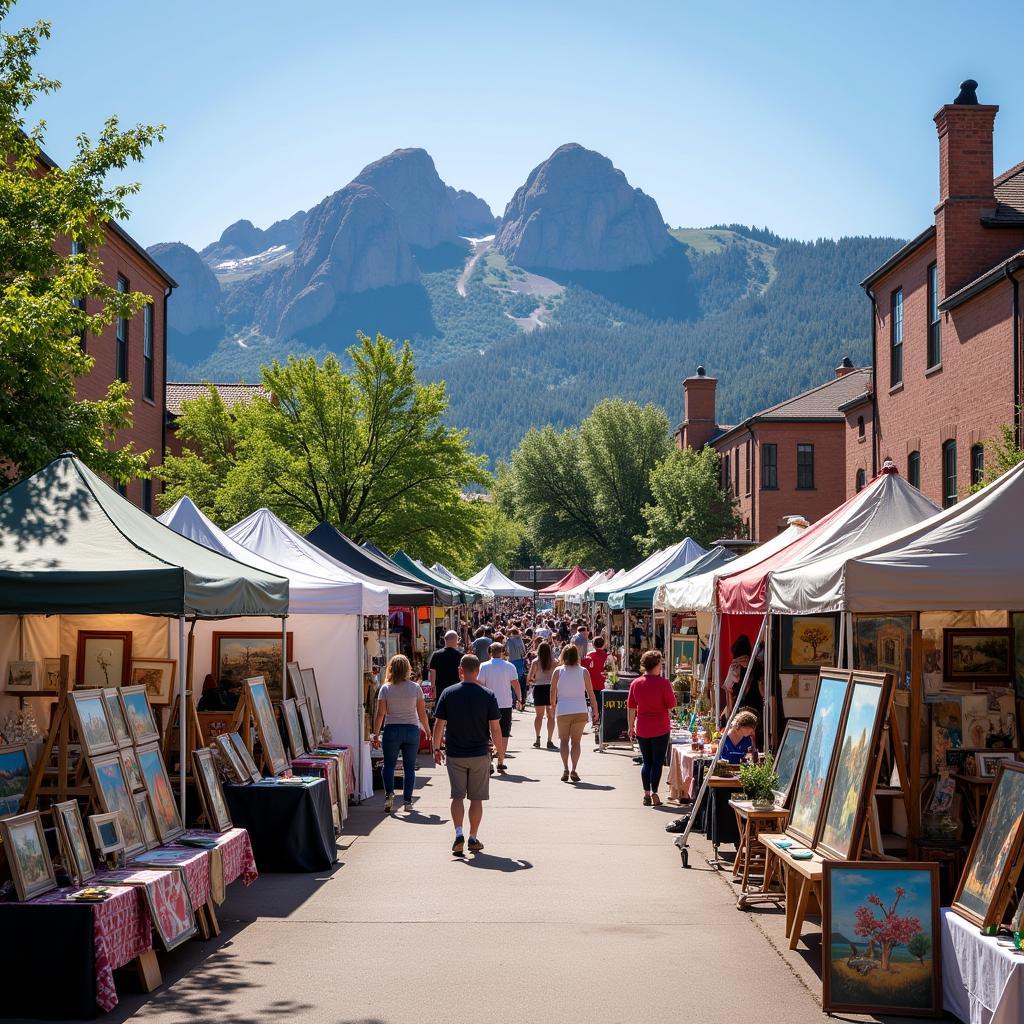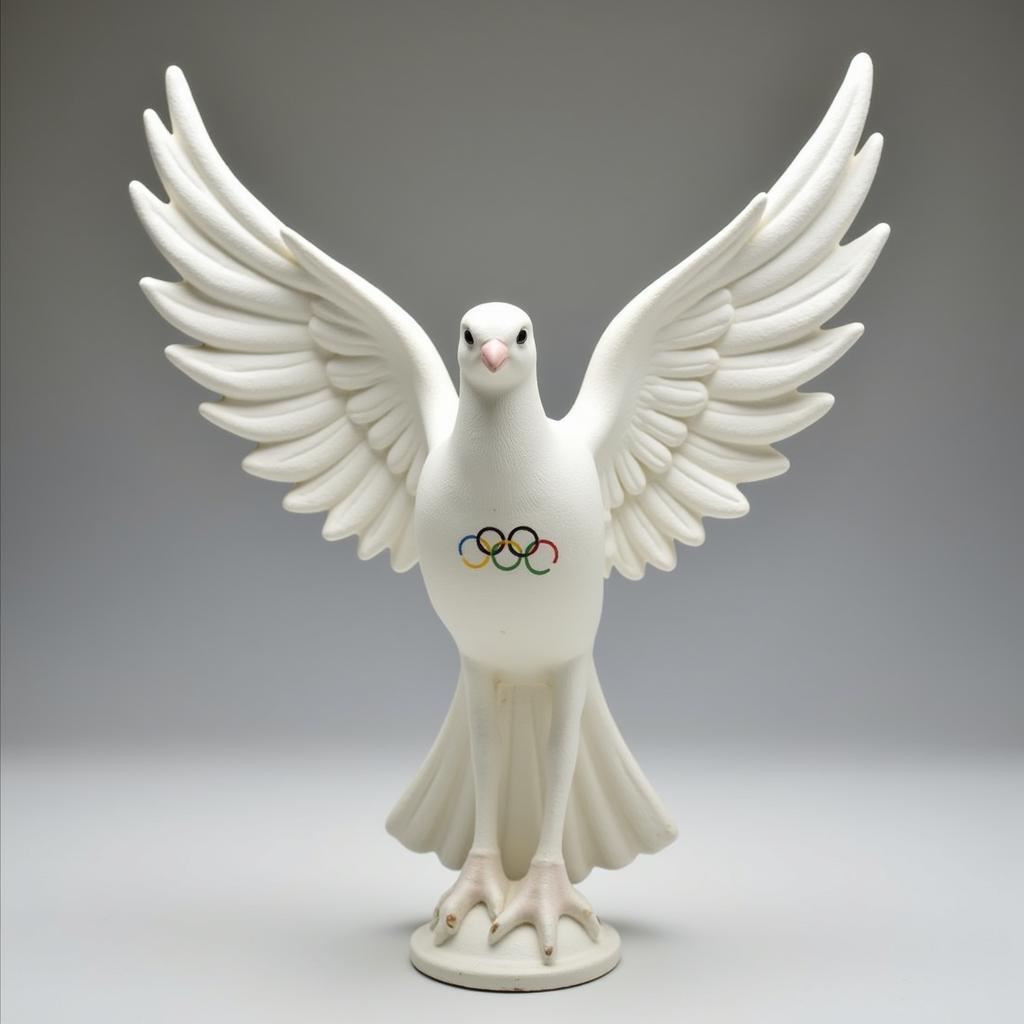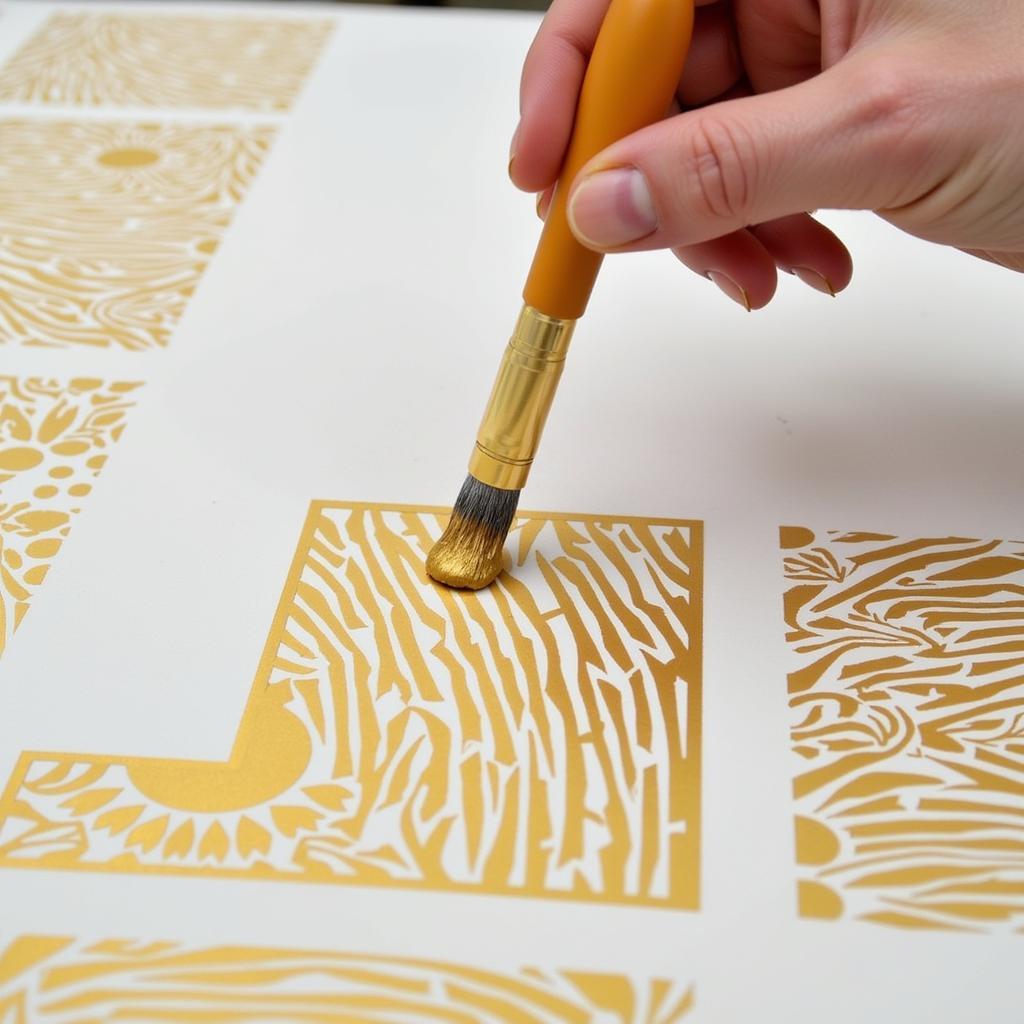Art Deco Buttons: Elevating Design with Geometric Elegance
Art Deco Buttons, with their distinct geometric flair and luxurious appeal, remain a timeless design element. Whether adorning a vintage gown or adding a touch of retro charm to a modern website, these buttons offer a unique blend of functionality and artistry. From their origins in the roaring twenties to their resurgence in contemporary design, we’ll explore the captivating world of art deco buttons.
Embracing the sleek lines, geometric patterns, and rich materials characteristic of the Art Deco movement, these buttons are more than mere fasteners; they’re miniature works of art. They reflect a period of unprecedented innovation and artistic expression, capturing the spirit of the Jazz Age and its vibrant energy. Let’s delve into the fascinating history and enduring appeal of these stylish accessories. You might be surprised by how easily you can incorporate these elements into projects, from jean jacket art to digital designs.
The History of Art Deco Buttons
Art Deco emerged in the 1920s and 1930s, a period marked by rapid industrialization and a fascination with modernity. The style embraced geometric shapes, symmetry, and rich ornamentation, often incorporating luxurious materials like ivory, bakelite, and chrome. Art deco buttons perfectly encapsulated this aesthetic, becoming essential accessories for the fashionable elite.
Materials and Manufacturing
Early art deco buttons were often crafted from natural materials like shell, mother-of-pearl, and carved bone. As technology advanced, new materials like bakelite and celluloid offered greater versatility and affordability. These materials allowed for intricate designs and vibrant colors, further enhancing the buttons’ decorative appeal. Metal buttons, especially those made of chrome or nickel, also became popular, reflecting the era’s industrial aesthetic.
Art Deco Buttons in Fashion and Design
Art deco buttons weren’t just functional; they were a crucial element of fashion and design. They adorned flapper dresses, tailored suits, and evening gowns, adding a touch of glamour and sophistication. Their intricate designs and luxurious materials elevated even the simplest garments. Beyond clothing, art deco buttons were also used in interior design, appearing on furniture, lamps, and other decorative objects.
Identifying Authentic Art Deco Buttons
Genuine art deco buttons often exhibit specific characteristics: geometric patterns, stylized floral motifs, and the use of contrasting colors. Look for materials typical of the era, such as bakelite, celluloid, and chrome. The craftsmanship is usually of high quality, with intricate details and precise finishing. These small details are what separates them from modern imitations. This attention to detail can also be seen in other art forms, such as handprint footprint art.
Art Deco Buttons in the Modern Era
The allure of art deco buttons extends far beyond the 1920s and 1930s. Today, they continue to inspire designers and collectors alike. Vintage art deco buttons are highly sought-after collectibles, while contemporary designers often incorporate art deco elements into their creations. From fashion to graphic design, the geometric elegance of art deco buttons remains a timeless source of inspiration. If you’re looking for affordable ways to incorporate this style, check out resources for cheap art craft supplies.
Where to Find Art Deco Buttons
Antique shops, flea markets, and online marketplaces are excellent resources for finding vintage art deco buttons. Many specialized dealers also offer curated collections. For contemporary pieces, look for designers and artisans who specialize in art deco-inspired jewelry and accessories. Even if you don’t find actual buttons, the inspiration might lead you to creating interesting abstract gun art.
Conclusion
Art deco buttons, with their timeless elegance and geometric charm, continue to captivate designers and collectors. From their origins in the roaring twenties to their resurgence in modern design, these miniature works of art offer a unique blend of functionality and artistry. Whether you’re drawn to their historical significance or their aesthetic appeal, art deco buttons remain a testament to the enduring power of design. And if you’re looking for more inspiration for your walls, consider exploring options for candy wall art.
FAQ
- What are the most common materials used in art deco buttons? Bakelite, celluloid, metal, shell, and glass are common materials.
- How can I tell if an art deco button is authentic? Look for period-specific materials, geometric designs, and high-quality craftsmanship.
- Where can I find vintage art deco buttons? Antique shops, flea markets, and online marketplaces are good places to start.
- Are art deco buttons still made today? Yes, many contemporary designers create art deco-inspired buttons and jewelry.
- What are some key design elements of art deco buttons? Geometric shapes, symmetry, and contrasting colors are common features.
- How were art deco buttons used in fashion? They were used to adorn clothing, adding a touch of glamour and sophistication.
- Why are art deco buttons considered collectible? Their historical significance, unique designs, and craftsmanship make them desirable collectibles.
If you need any further assistance, please don’t hesitate to contact us. Call us at 02462573573, email us at danteum@gmail.com, or visit us at Savico Megamall, 7-9 Đ. Nguyễn Văn Linh, Gia Thụy, Long Biên, Hà Nội 10000, Việt Nam. We have a 24/7 customer support team.


